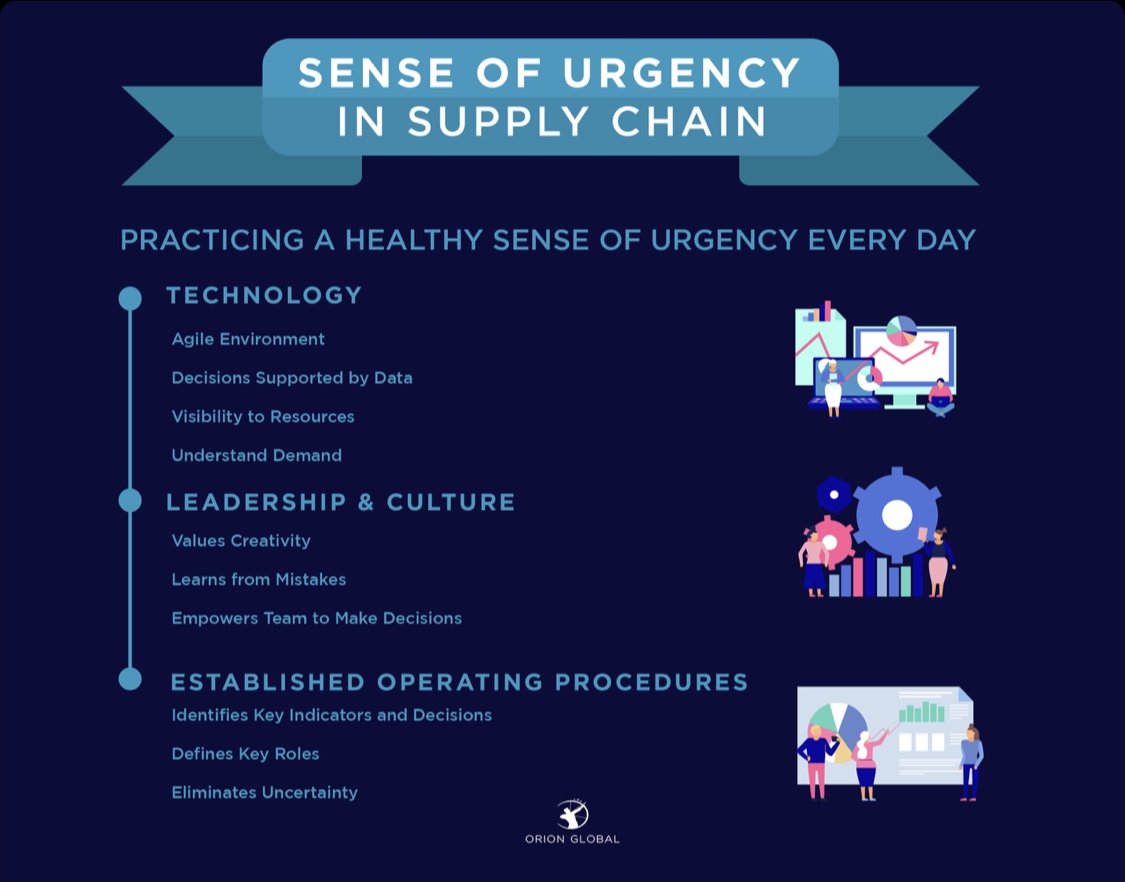“We teach others what we have learned so that knowledge can be leveraged through their performance. And if you’re put off by the thought of being a preacher, don’t be. Allowing our employees to see passion and conviction in our words, actions and style is a good thing, and it’s also contagious.” –Jim Blasingame
What is the Blasingame Law of Urgency?
If you face your problems now, chances are they won’t get bigger in the future. Practicing the Blasingame Law of Urgency is a great tool for any freelance or business related work. The Blasingame Law of Urgency focuses on turning impatient-like behavior in the workplace and looks at it more like an extreme sense of urgency.

Why is it so important?
Overall, urgency drives results. When incorporating the Law of Urgency into your workplace it is essential that you are specific, tighten the timeline of projects and keep on pushing your team to do better. To some employees this method is bound to come off as demanding but the end will have rewarding results for employees.

Tips on how to face problems sooner
Jim Blasingame believes that excellence is possible in the workplace, but is only achievable when standards are set high. According to Blasingame, high standards only have the results of “positive critical evaluation of our own efforts and those we manage”. When having high standards in the workplace as a leader, it is crucial to stay on top and keep track of project progress. That way if any problems arise, they can be faced sooner. Problems that are solved quickly can be turned into opportunities.

As leaders and employees, it is important to be aware when problems come about. Here are five steps to solving problems in a timely manner:
- Establish an open-door policy with employees and clients to make you an approachable leader.
- Do not let problems linger. When problems in the workplace linger, it can lead to employees feeling discouraged.
- Be a fair manager; do not single out employees when it comes to praising or reprimanding them.
- Schedule regular meetings with employees to encourage good communication and to address any problems.
- Figure out a proper solution that suits the problem.


